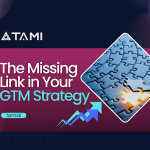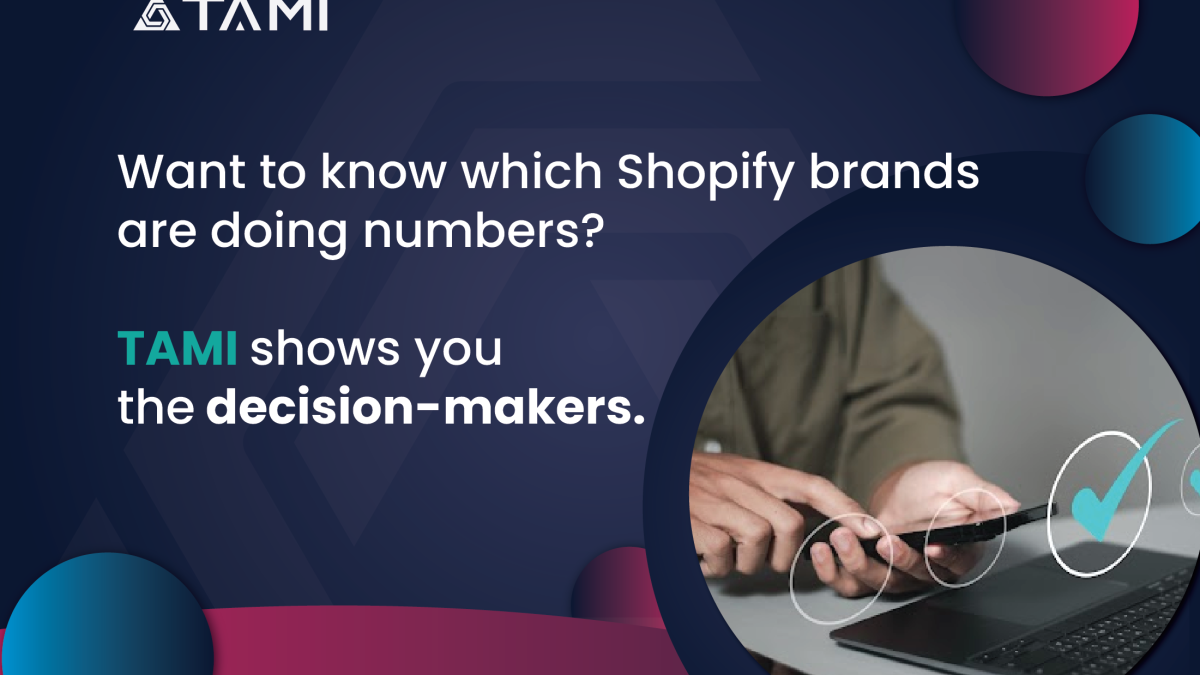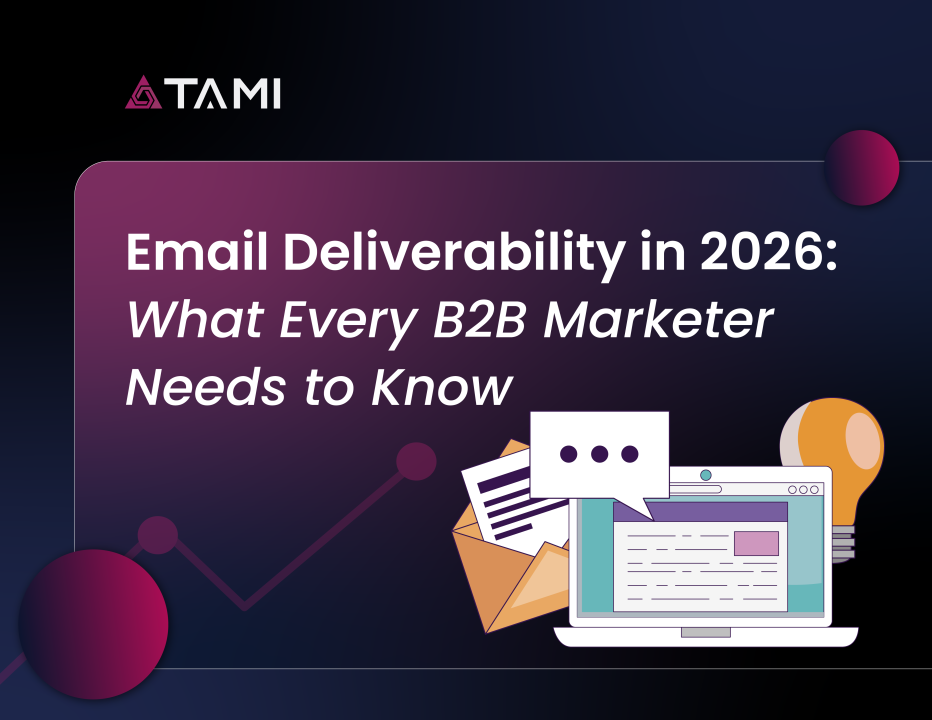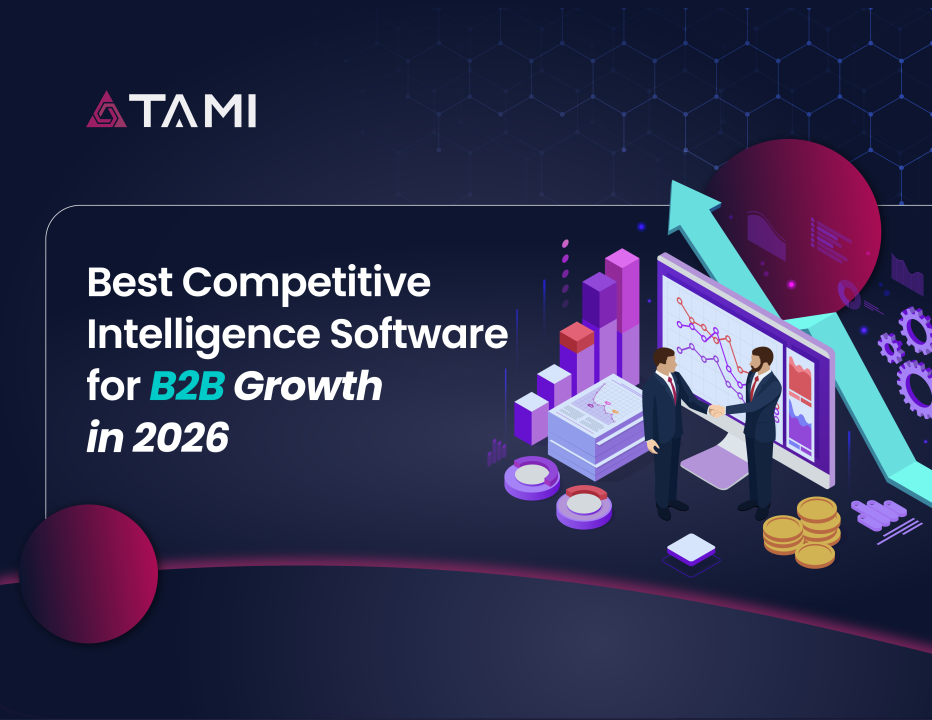
The Fastest Way to Do Lead Generation for Logistics Companies
07/08/2025
How to Align Your GTM Strategy with Real-Time Buyer Signals
22/08/2025Reaching top-performing Shopify stores doing over $5M is every B2B marketer’s dream. These brands are growing fast, investing heavily in their tech stacks, and often looking for new ways to scale. But if you're relying on scraped lists or surface-level filters, you're probably missing the most important signals.
The good news? With the right tools and strategy, you can identify, segment, and reach these top Shopify brands with precision. This guide walks you through exactly how to do it based on real data, real buyer signals, and the platforms they actually use.
Why Top Shopify Stores Are Prime Targets
Shopify powers over 4 million stores globally, but only a small percentage of them are hitting seven figures in annual sales. These are the brands with teams, tools, budgets, and a serious appetite for growth. They’re not looking for freebies, they're looking for performance.
Top-performing Shopify stores are often:
- On Shopify Plus
- Selling internationally
- Running subscription or bundle models
- Using advanced tools like Klaviyo, Recharge, Gorgias, or HubSpot
- Investing in CRO, logistics, analytics, and expansion
These aren’t mom-and-pop print-on-demand shops. These are the next wave of DTC success stories, and they’re buying.
The Problem with Traditional Targeting
Most B2B targeting tools can give you a basic Shopify list. What they can’t tell you is who's actually doing numbers. BuiltWith and Clearbit, for example, might show that a domain uses Shopify, but they won't tell you how much traffic it gets, how fast it’s growing, or what revenue bracket it’s in.
And while ZoomInfo or Apollo might show you job titles and emails, they won’t show you the marketing tech stack behind a brand or whether they’ve recently added HubSpot, launched internationally, or switched to Recharge.
That’s where your campaigns fall short. You’re targeting Shopify stores. But not the right ones.
Step 1: Filter for High-Revenue Shopify Merchants
The first step is filtering for revenue, and not just platform. You don’t want every dropshipper with a Shopify template, you want brands actually moving product.
TAMI’s patented merchant detection system tracks over 7.7 million eCommerce merchants globally, and can pinpoint the Shopify stores doing over $5m or close to that revenue range. The platform uses a mix of AI, traffic signals, and payment stack data to make these calls with high accuracy. You can filter by:
- Shopify or Shopify Plus
- Estimated revenue bracket ($1–5M, $5–20M, $20M+)
- International shipping
- Payment platforms (Stripe, Global-e, etc.)
- Category or product vertical
This helps you zero in on high-value accounts before you ever send a message.
Step 2: Layer in Tech Stack Intelligence
Top Shopify stores don’t operate on a basic toolset. They use marketing tech to drive performance. If you want to land a meeting, you need to understand how they’re already operating and where your product fits.
This is where tech stack data becomes gold. TAMI shows you which brands are using:
- HubSpot (for CRM, marketing automation, or CMS)
- Klaviyo (for email flows and retention)
- Gorgias (for CX and ticketing)
- Recharge (for subscriptions)
- Meta Pixel or GA4 (for performance tracking)
If you’re selling a solution that complements any of these tools—or replaces one—you can build custom segments based on actual software adoption.
For example, you could build a list of Shopify stores doing over $5M annually, currently using HubSpot, and showing high traffic growth in the U.S. That’s not a cold list. That’s a campaign waiting to perform.

Step 3: Use Lookalike Matching to Find More Winners
Another fast route to success is modeling off what’s already working. If you’ve had traction with a few Shopify brands using Recharge and Stripe, look for others with the same stack.
TAMI’s lookalike engine uses AI to analyze your top customers and identify similar companies by vertical, platform, payment system, martech stack, or shipping method. You get a pre-qualified list of targets that look like your best accounts, but haven’t heard from you yet.
This lets you scale intelligently. You're not just adding names. You’re cloning what already converts.
Step 4: Time Your Outreach with Smart Signals
Top Shopify brands move fast. They add tools, change CRMs, launch into new countries, and test new pricing models, all within months. Timing your outreach around those changes makes all the difference. TAMI can help you do that by providing real-time alerts for:
- Stack changes (e.g., a brand adding HubSpot or switching from one provider to another)
- International expansion (new shipping providers, added currencies, etc.)
- Job role changes (e.g., a new VP of Marketing joins the team)
- Traffic spikes or growth indicators
These are all signs that a brand is either scaling or actively looking for solutions. Your message is far more likely to land when it's aligned with a live change.
Final Thoughts
Targeting top Shopify stores doing $5M or more is all about signals.
Platform alone isn’t enough. You need to know what brands are selling, how they’re growing, which tools they’re using, and when they’re ready to buy.
TAMI brings it all together. With real-time revenue estimates, full tech stack visibility, verified contacts, and growth alerts, you can build outbound campaigns that feel like warm referrals.
The best Shopify brands move fast. Now, so can you. Want to find your next big Shopify lead? Book a free demo and we’ll show you how to identify top Shopify stores doing over $5M, with the tech signals and context that close deals.









